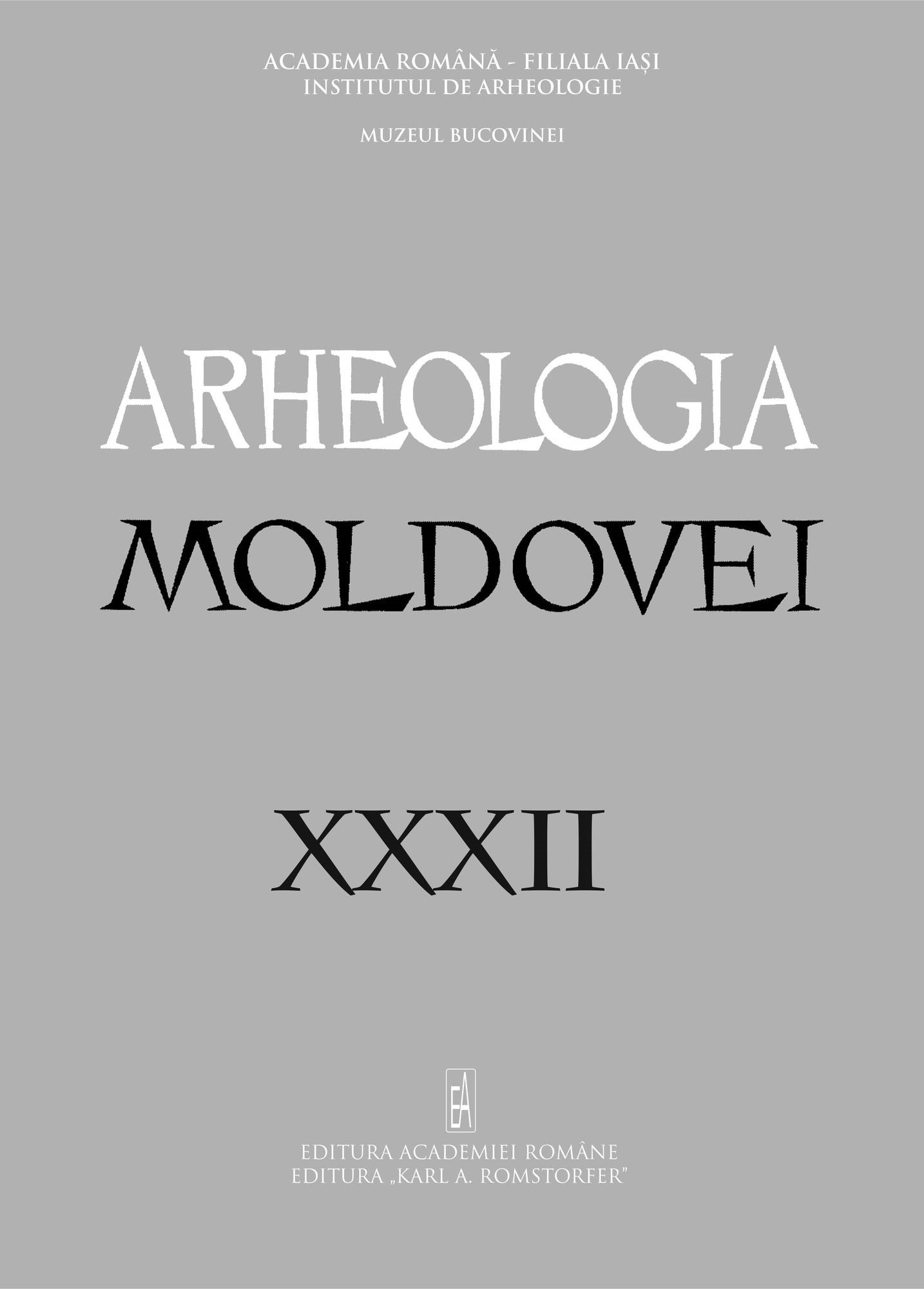Criterii de stabilire a funcţionalităţii vaselor ceramice pe baza analizei pastei. Studiu de caz: ceramica cucuteniană de la Hoiseşti
Some criteria for defining the functionality of pottery by means of Fabric analysis. Case Study: the Cucuteni pottery of Hoiseşti
Author(s): George Bodi, Loredana SolcanSubject(s): History, Archaeology, Cultural history, Economic history, Ancient World
Published by: Editura Academiei Române
Keywords: pottery; functional analysis; Cucuteni culture; Hoiseşti;
Summary/Abstract: Our paper aimed at establishing a series of characteristics, as well as the theoretical and methodological frame to define it, which would help to infer the possible utility of a Neolithic pot based on the analysis of its fabric. Our approach is based on the use of a series of analytical parameters, through the use of macroscopic or microscopic visual inspection of pottery shards. The variables identifiable through this analysis help us define the physical characteristics of the fabric, sintering and non-plastic inclusions. By applying this study methodology on the Cucuteni A pottery from the Hoiseşti – La Pod site we were able to define three categories of fabrics, each with its specific characteristics and possible utility. Thus, the fine fabric pots are suitable for fulfilling tasks which require increased resistance to abrasion and dynamic processes of fracture. The intermediate fabric is characterized through increased versatility, being resistant to abrasion and both dynamic or static processes of fracture (depending on the case), while the coarse ware, although presenting little resistance to mechanical stresses may withstand successfully thermal shocks.
Journal: Arheologia Moldovei
- Issue Year: 32/2009
- Issue No: 1
- Page Range: 221-235
- Page Count: 16
- Language: English, Romanian

